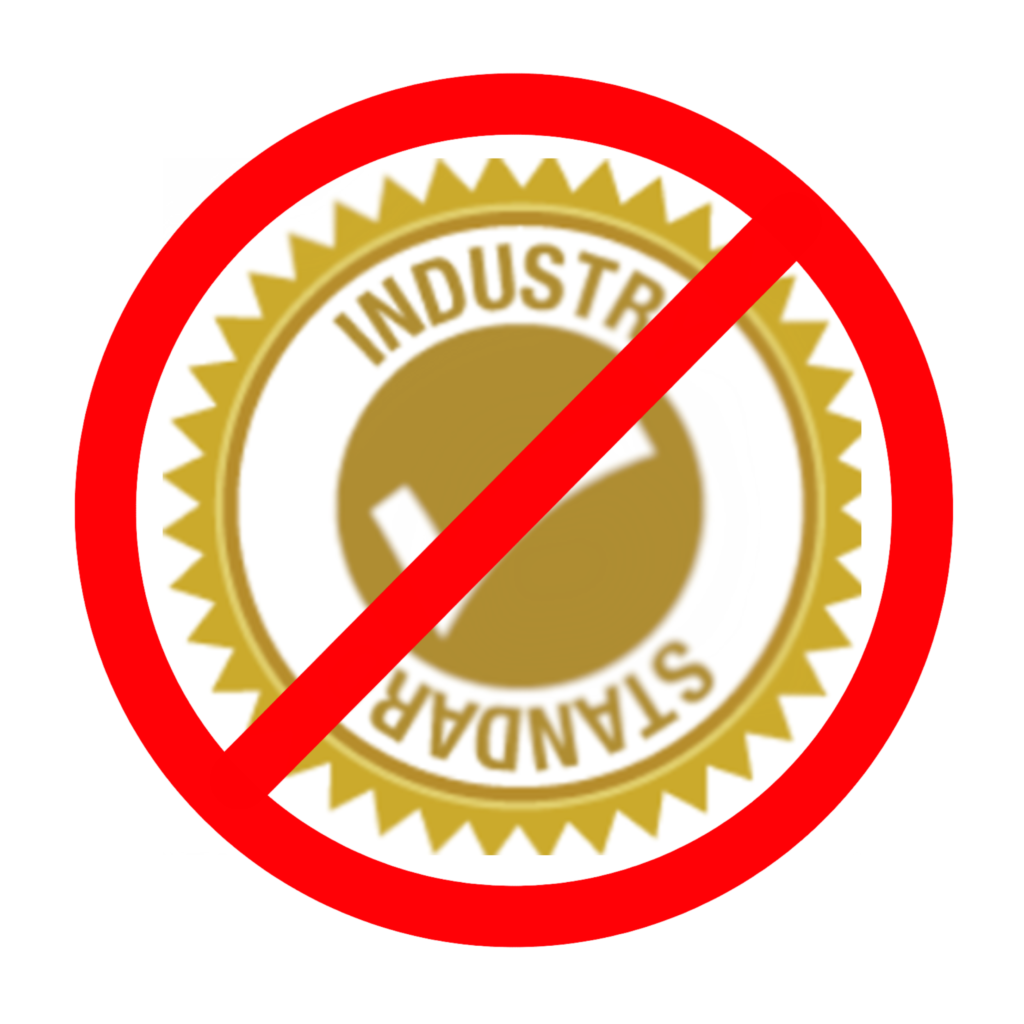Compliance with Industry or Government Standards Inadmissible in Pennsylvania Design Cases
By Eric Rosenberg, Philadelphia and Erica Briggs, Philadelphia on February 14, 2024
The Pennsylvania Supreme Court’s recent decision in Sullivan v. Werner Co., 206 A.3d 846 (Pa. Super 2023) dealt a blow to defense interests by reaffirming that compliance with governmental standards is not admissible in strict liability cases.
The holding in Sullivan confirmed that evidence of industry and governmental standards remains inadmissible following the Pennsylvania Supreme Court’s holding in Tincher v. Omega Flex, 104 A.3d 328 (2014). Tincher confirmed the adoption of Section 402A of the Restatement (Second), which imposes strict liability on sellers of an unreasonably dangerous product. Notably, Tincher overruled Azzarello v. Black Brothers Co., Inc., 391 A.2d 1020 (1978), which previously held, in part, that the “unreasonably dangerous” standard poses a legal question. Under Tincher, the “unreasonably dangerous” inquiry is a question of fact requiring a jury to determine if a product is defective.
Following Tincher, uncertainty lingered as to whether the overruling of Azzarello also overruled the “Lewis Rule,” under which evidence of industry and governmental standards is inadmissible in strict product liability cases. Lewis v. Coffing Hoist Div., Duff-Norton Co., Inc., 528 A.2d 590 (1987), However, the Lewis Rule was developed before Tincher, while Azzarello was still controlling precedent, thus creating confusion and requiring the Pennsylvania Supreme Court to resolve an issue that has plagued litigants in strict liability litigation for a decade.
The Sullivan court closely examined two tests created by Tincher to determine whether a product is unreasonably dangerous: (1) whether the product danger exceeds the expectations of an ordinary consumer (the “consumer expectation test”) and (2) whether the risk of danger outweighs the utility of a product (the “risk-utility test”). It is important to note that Tincher rejected any application of traditional negligence concepts in strict liability litigation, meaning that a product seller can still be strictly liable even if it exercised due care or acted reasonably in a manner that would usually preclude negligence liability under Pennsylvania law.
The Sullivan court confirmed that the Lewis Rule still applies post-Tincher, even though Lewis rested on the negligence-based concepts of Azzarello. The Supreme Court reasoned that Tincher is not compatible with a rule permitting trial evidence of industry-standard compliance, bootstrapping the Lewis Rule into a more modern post-Tincher standard. Compliance is “irrelevant if a product is designed with all possible care….because the manufacturer is still liable if the product is unsafe.”
The Sullivan decision is yet another example of Pennsylvania common law reinforcing the wall between strict liability and negligence theories. Defendants may be liable for selling a dangerous product, even if the defendants designed the product reasonably and with the utmost due care and compliance with governmental standards. What Sullivan did not address, however, is the role that certain federal preemption rules—such as those found in the Federal Hazardous Substances Act or Food and Drug Administration regulations—may have on defective product cases. It may be another ten years before the Supreme Court has an opportunity to address these types of issues, and, until then, uncertainty created by Tincher will continue to affect strict product liability litigation in the Commonwealth.
If you have any questions about this legal update or any other legal developments, please contact the authors or Gordon Rees Scully Mansukhani’s Environment/Toxic Tort practice group for more information.

